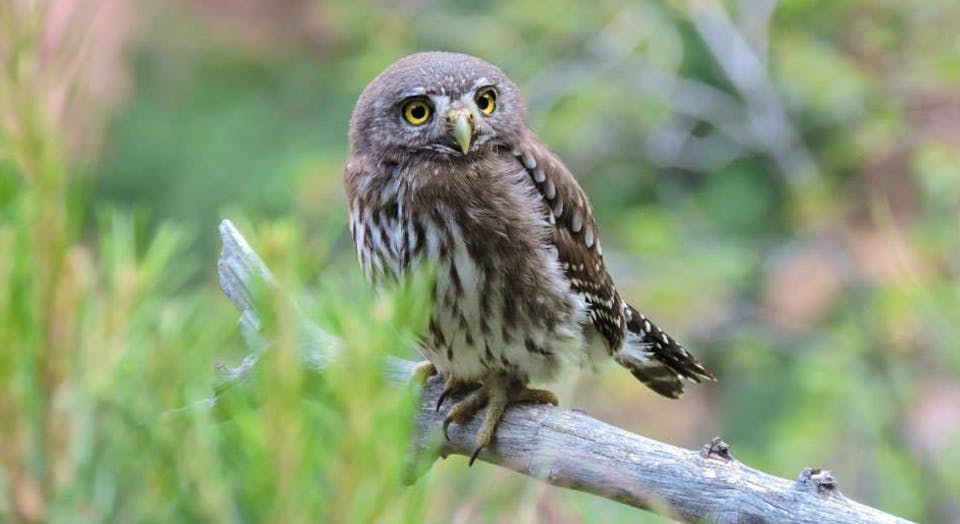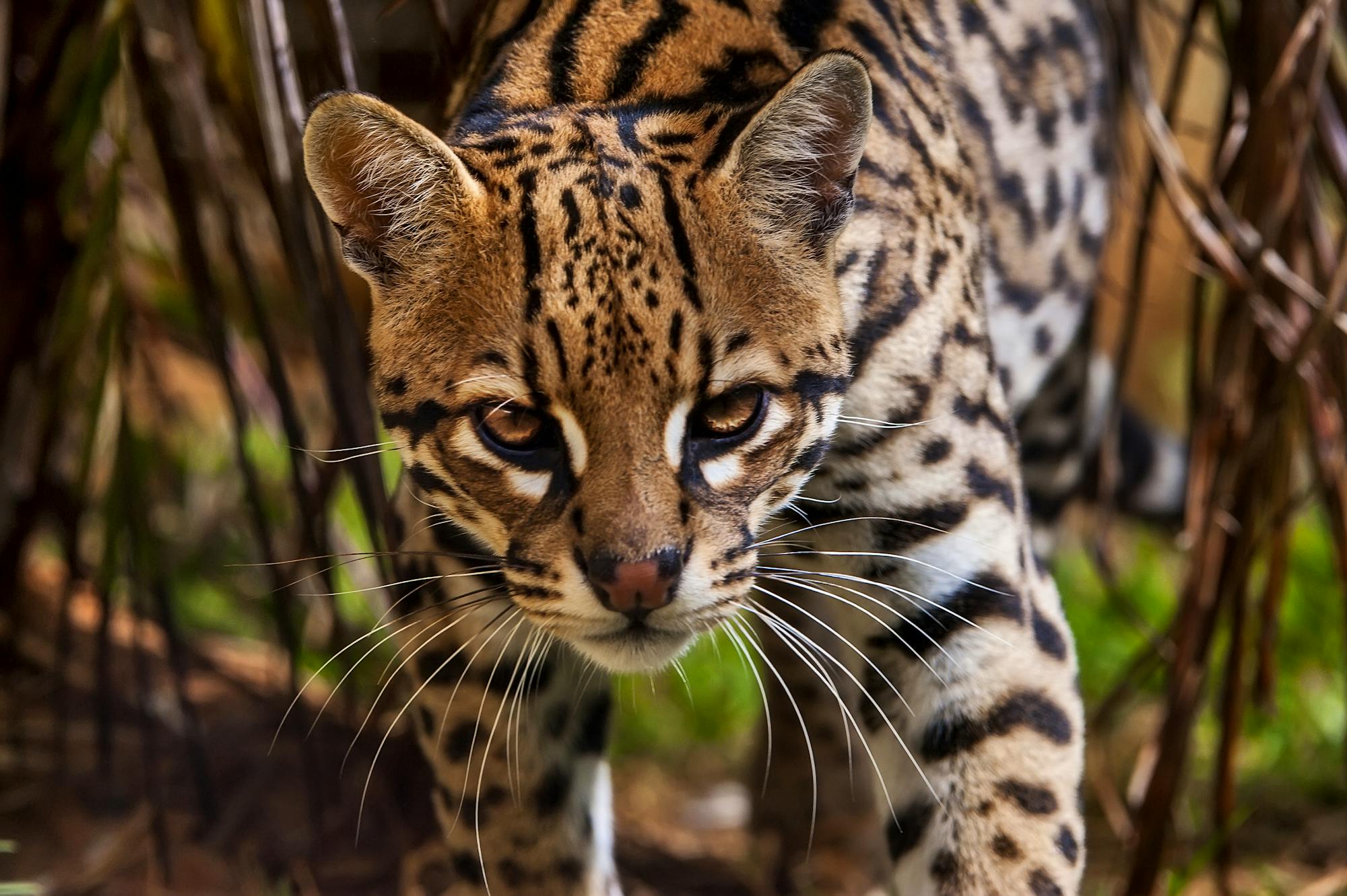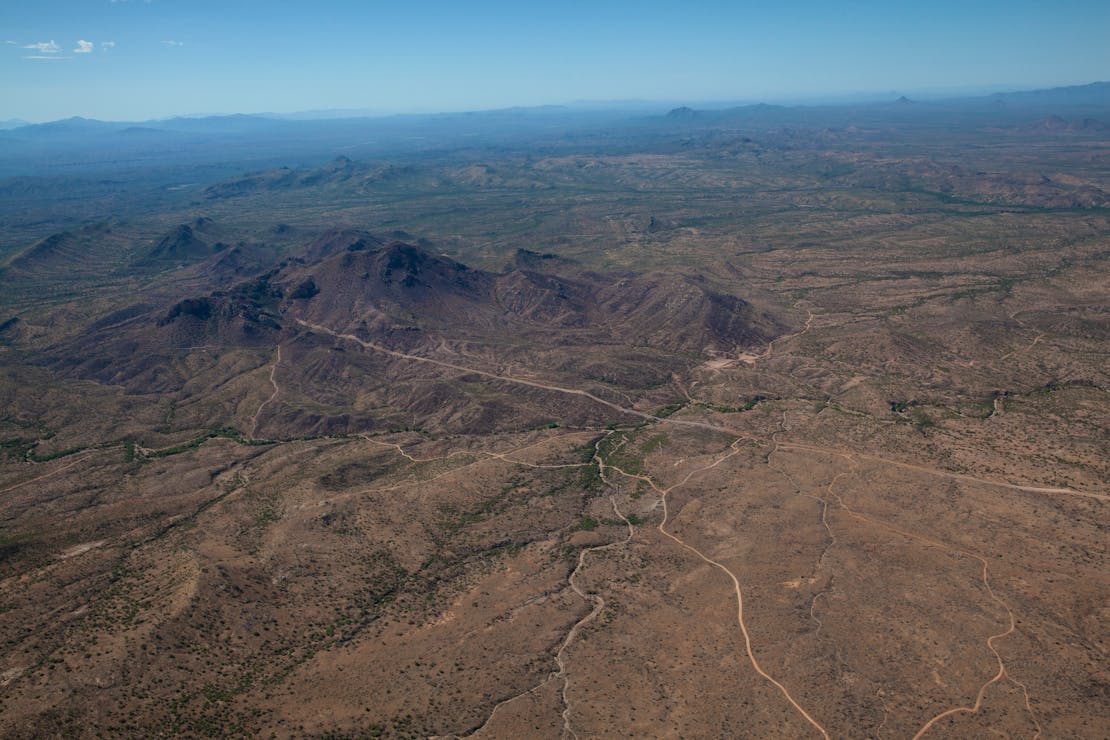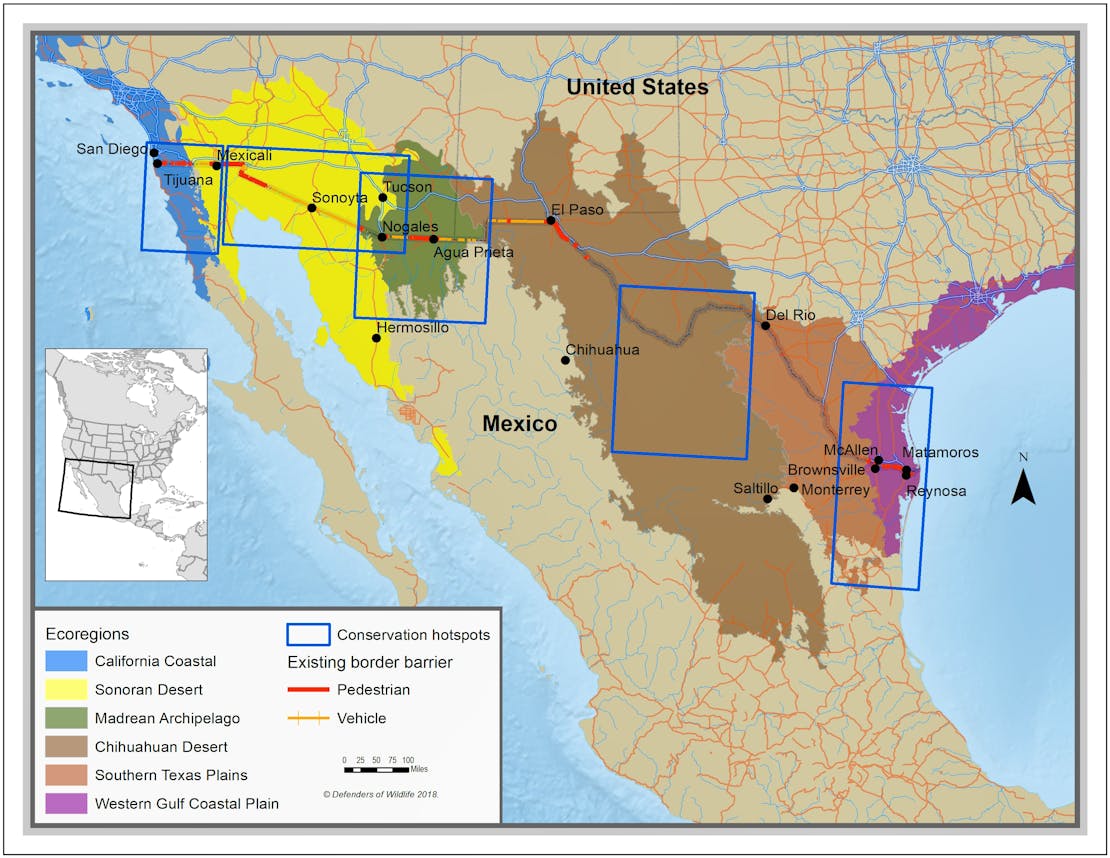Defenders set out an ambitious set of priorities for the new Biden-Harris administration in our transition agenda. So far, a slew of executive orders aimed at undoing much of the environmental harm of the past four years has been an encouraging start for getting our country back on track in terms of protecting our wildlife, wild places and the health of our planet.
For decades, U.S. and Mexican agencies, nonprofits, universities and ranchers, retirees and others have teamed up to restore rivers, streams, forests, grasslands and at-risk wildlife in the borderlands, to keep habitat linkages intact and to protect large natural areas. But border wall construction harms human communities, hinders binational conservation efforts and destroys widespread areas of the nation’s most valuable wildlife habitat. It also blocks animals’ migration pathways and access to critical resources like water, especially in the desert. President Biden ended President Trump’s national emergency declaration to divert money to build the border wall with a day one executive order. Construction is expected to stop while the new administration determines next steps. But to complete a full 180, the Biden administration needs to go further than just stopping construction. It needs to bring down the most damaging parts of the wall, restore wild lands and reconnect wildlife.
The administration should initiate a process, in consultation with communities, tribal governments, scientists and other environmental experts and stakeholders, to remediate the devastating environmental and societal damage caused by the wall, including removal or breach to restore ecological connectivity in critical habitats.
National wildlife refuges, wilderness areas, national monuments, national parks and other federally managed lands were some of the first to face the threat of construction—even though the missions of many of these designated areas are to protect wildlife and habitat.
Defenders has identified five biodiversity hotspots that extend roughly 100 miles on each side of the border. These areas encompass protected and nonprotected lands that serve as strongholds for rare and imperiled species. They include fragile habitats that can be slow to recover from damage and that are already under assault from overgrazing, fire suppression, mining, water withdrawal, roads and other development. They are also places where partnerships among stakeholders and the involvement of concerned citizens are vital to conservation.
Imperiled species living in these hotspots and all along the borderlands include the jaguar, ocelot, Sonoran pronghorn, Mexican gray wolf, Peninsular bighorn sheep, and two ferruginous pygmy owl varieties found nowhere else in the United States. The survival of these, and many other species, depends on connected and protected habitat in the United States and Mexico.






To reverse the damage and mitigate any further harm to wildlife, the Biden administration should: immediately open all gates in the wall so that wildlife can freely pass (e.g. flood gates at San Pedro Riparian National Conservation Area); remove wall sections that are most harmful to wildlife or at minimum replace them with vehicle barriers which still allow wildlife to cross; and turn off lights and reduce noise and human activity in areas important to wildlife.
In addition, the Trump administration lost the public’s trust by failing to enforce bedrock environmental statutes while weakening public participation and operating in the shadows to rush through construction. Instead of waiving environmental laws to allow uninhibited desecration of wild lands, the Biden administration must strongly affirm its commitment to transparency, public involvement, good governance and proper implementation of these protections. We are calling on President Biden to direct federal agencies and officials to rescind the waivers that ignore environmental and other laws in constructing the border wall.
From a continental point of view, for the first time in the history of North America the border wall disconnects species north and south of the border. This continental disruption of wildlife movement will contribute to the sixth mass extinction, notably by preventing species from shifting their ranges to adapt to climate change. The destruction and degradation of so much habitat in so many protected areas pushes the U.S. much further from meeting the 30 by 30 goals of protecting 30% of U.S. lands and waters by 2030.
Unless critical parts of the border are reopened to wildlife passage, our country will have lost substantial ground in our efforts to restore endangered species and conserve natural habitat in the borderlands. Past bi-national investments and successes in recovering endangered species recovery and conserving lands, like national wildlife refuges, national conservation areas, and international biosphere reserves, will be at risk. Halting construction is a step in the right direction, but the Biden administration needs to commit to permanently restoring and protecting the biodiversity of the borderlands.
This is part of a series about where we hope the Biden-Harris administration will take action for wildlife in the first 100 days. Read more:
← It’s Time to Pull a 180 for the Environment Bringing Biodiversity to the Forefront →












